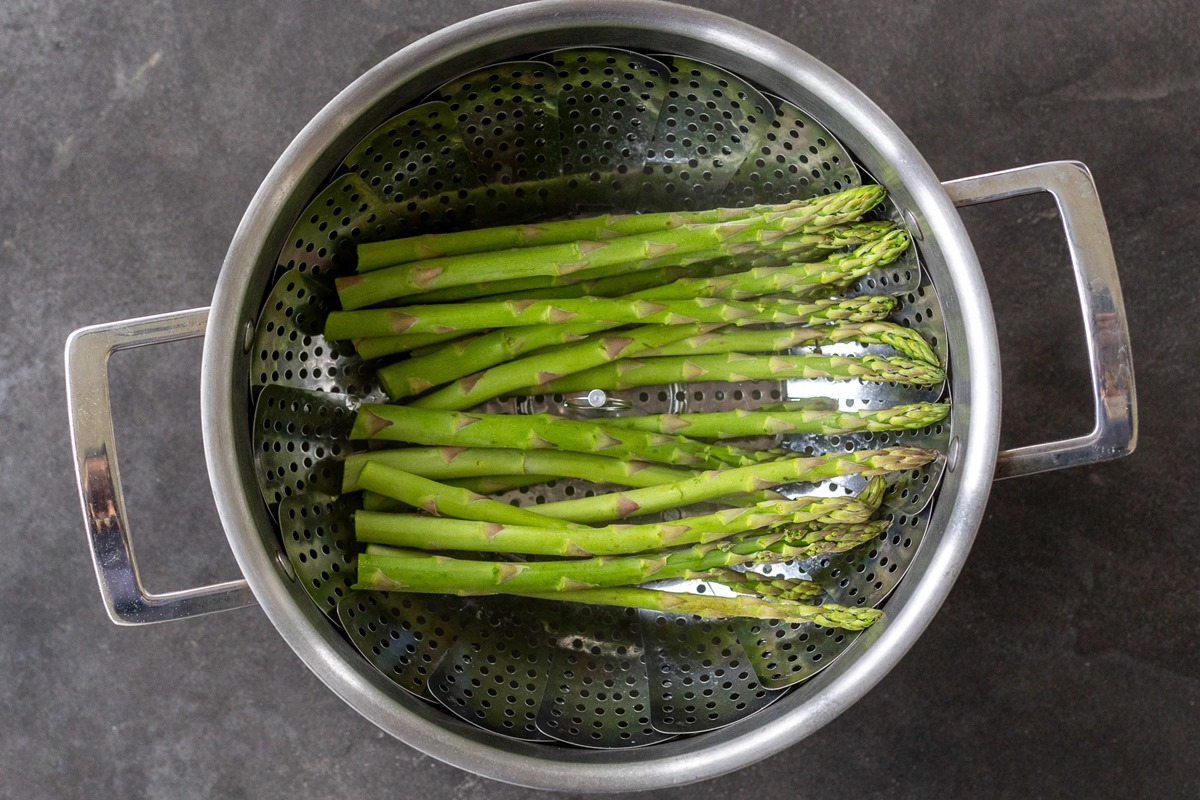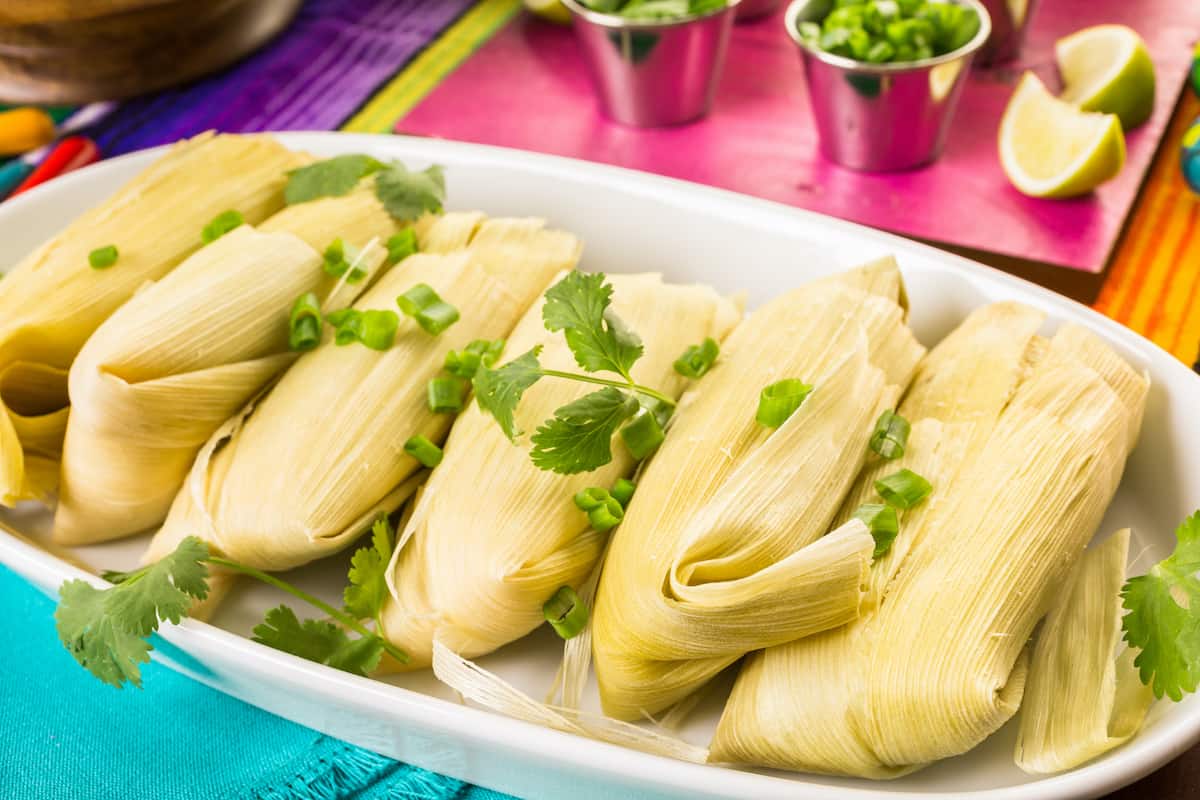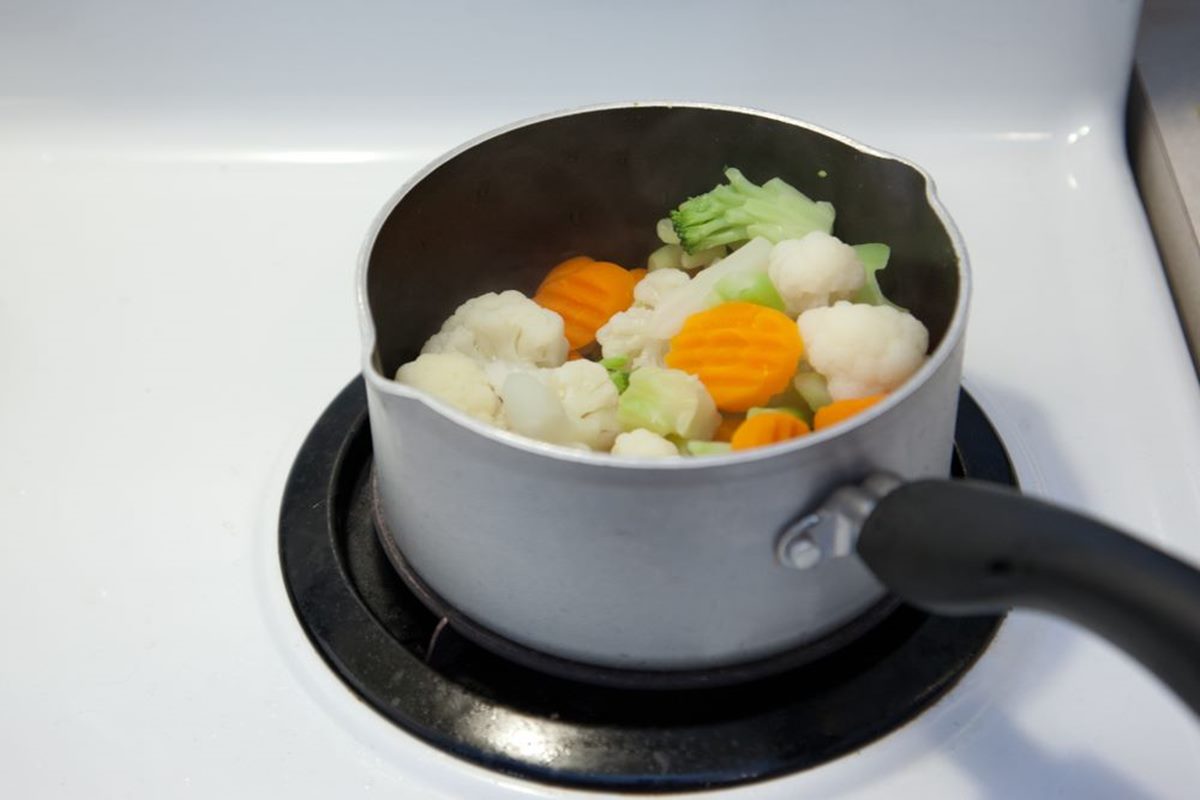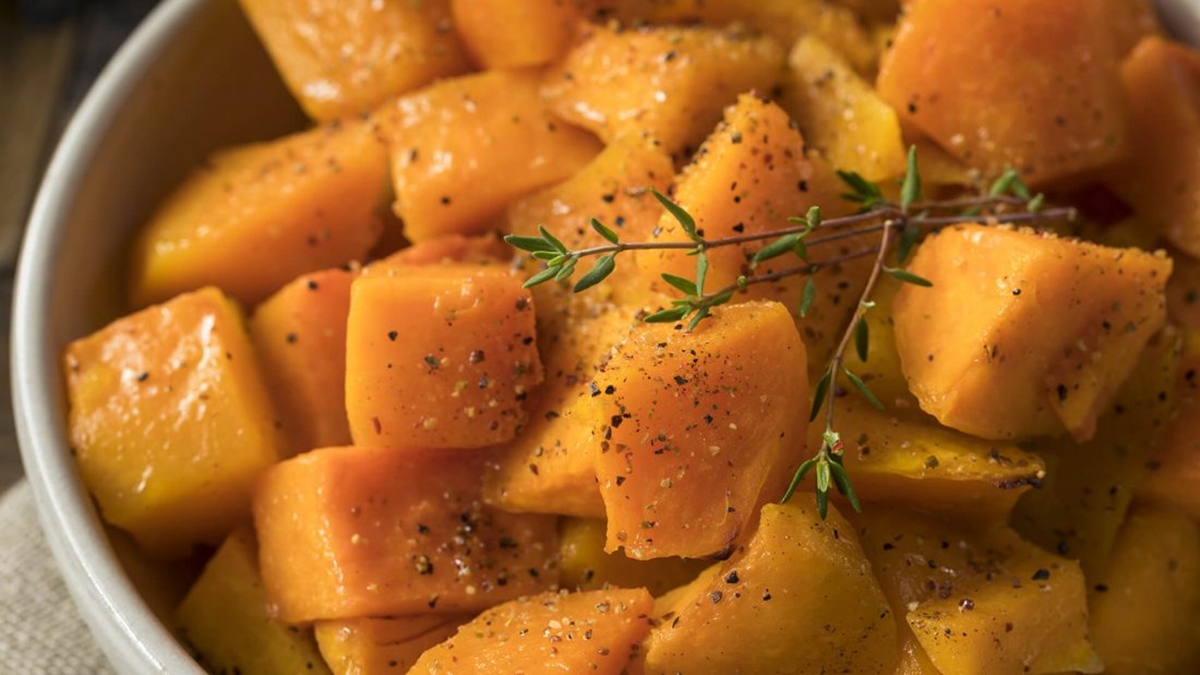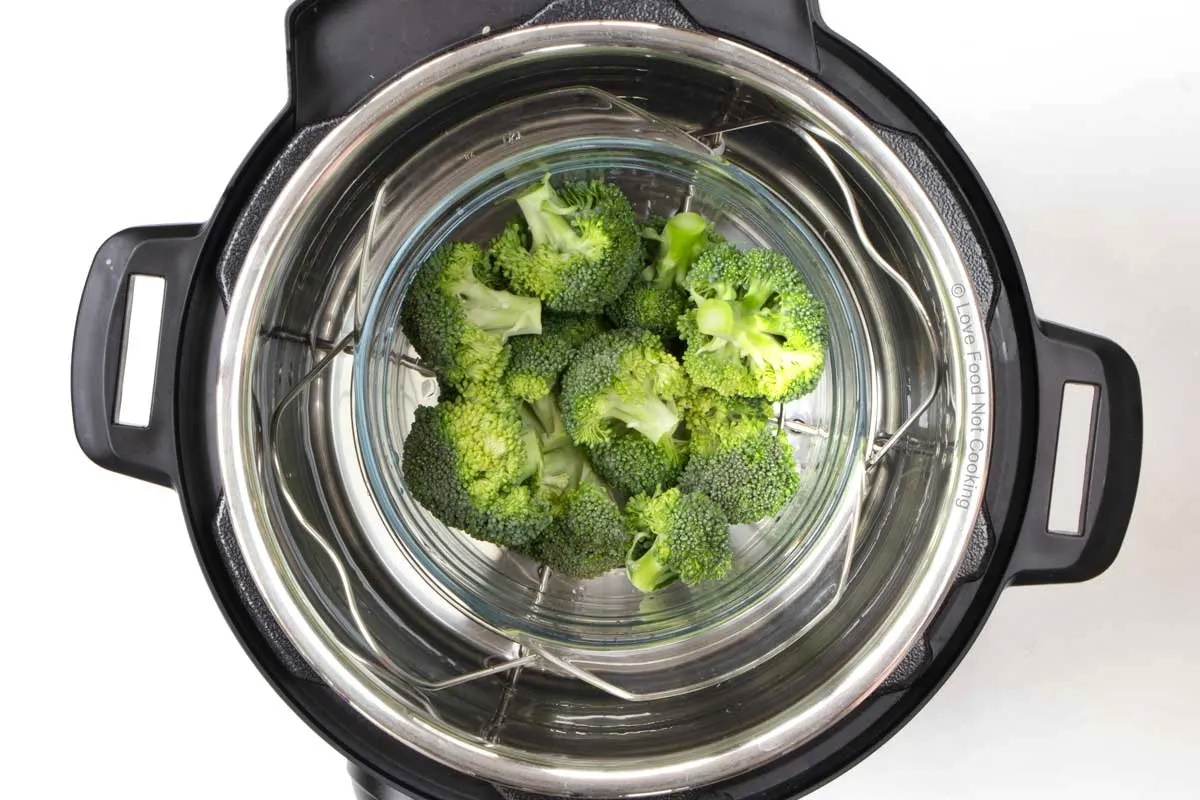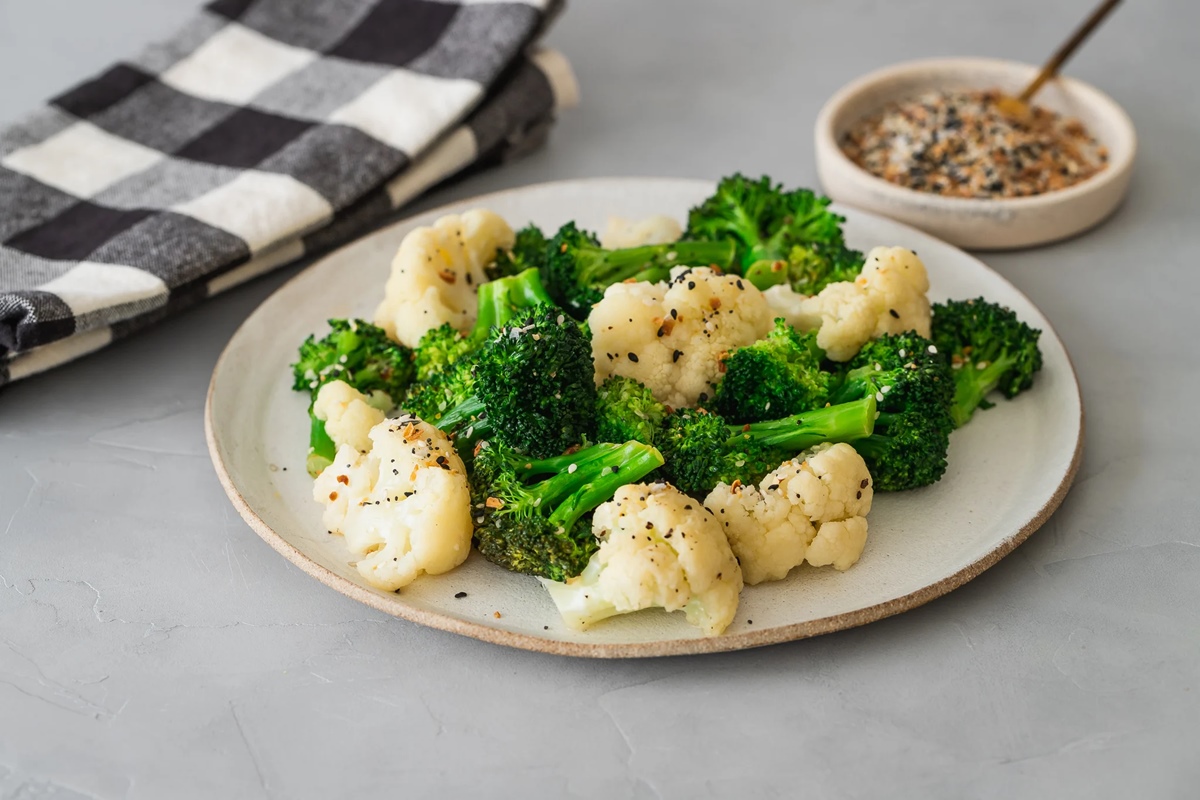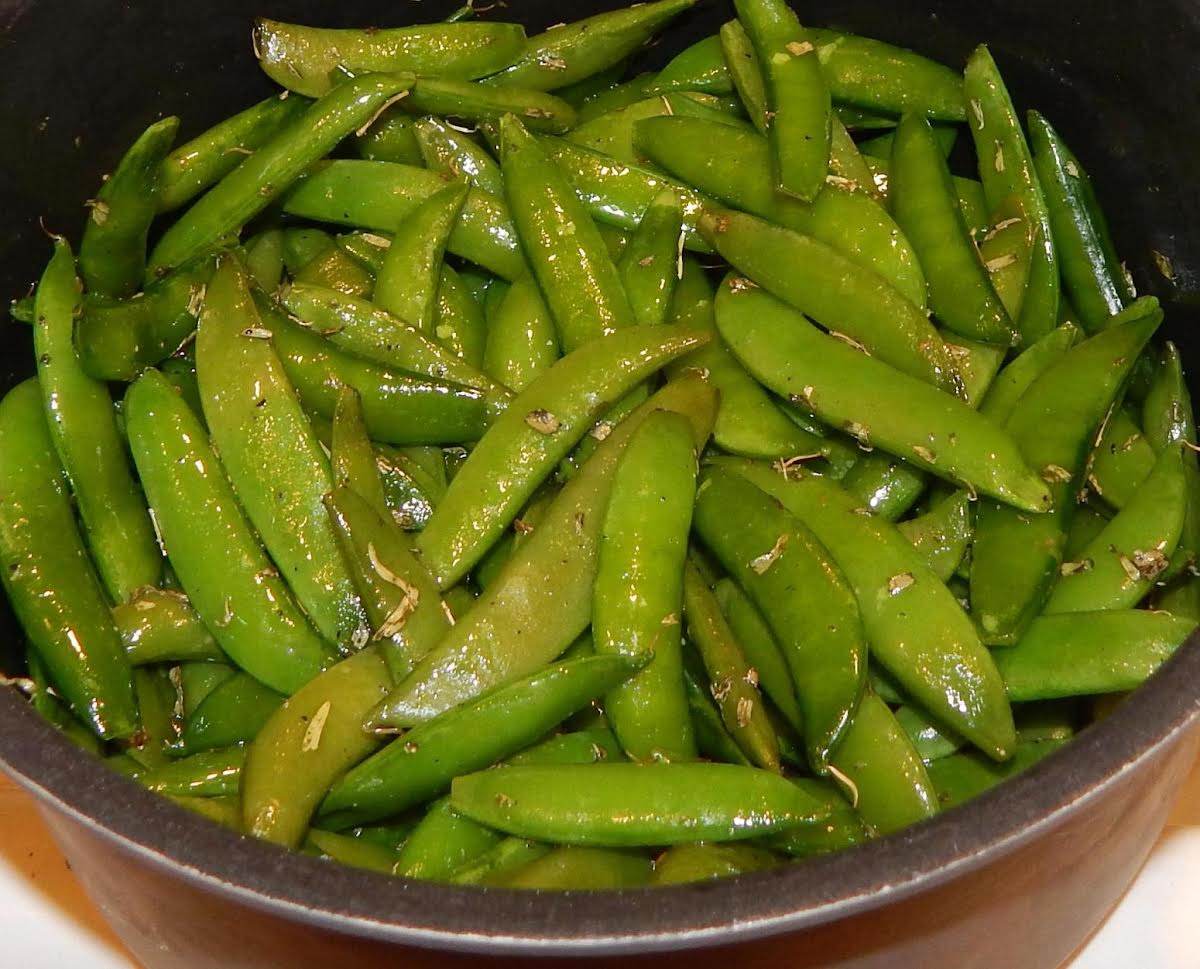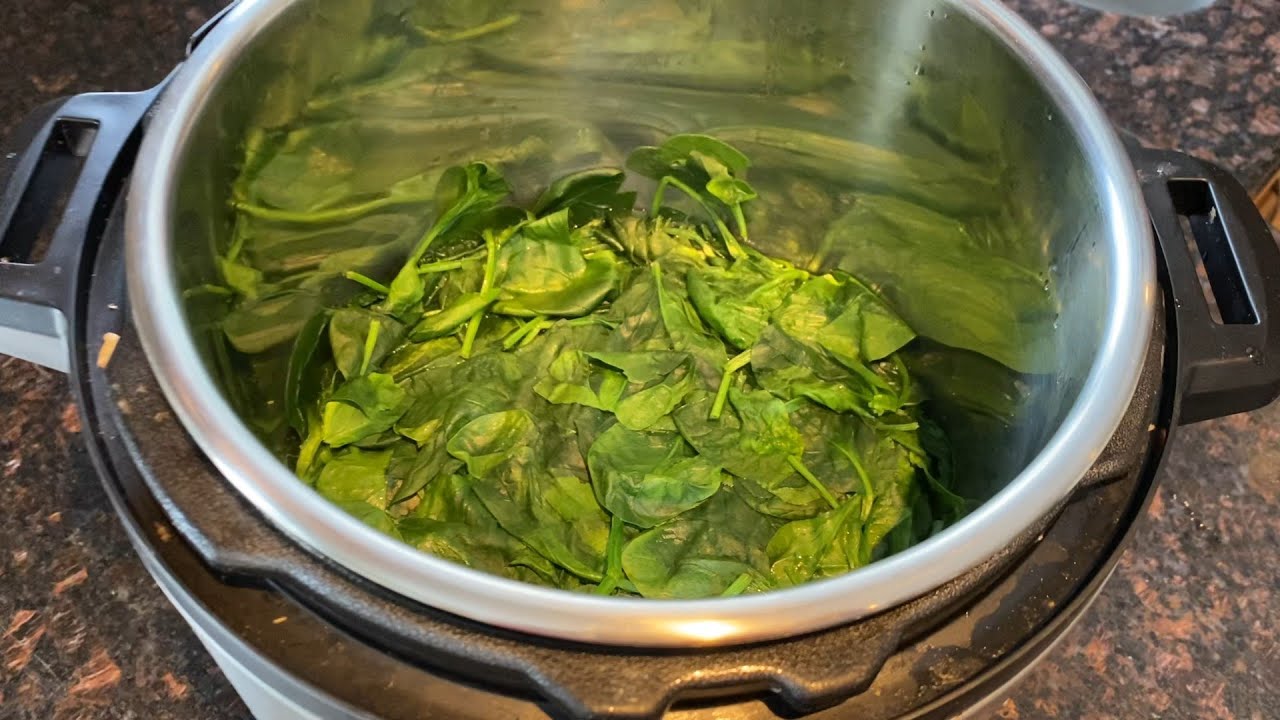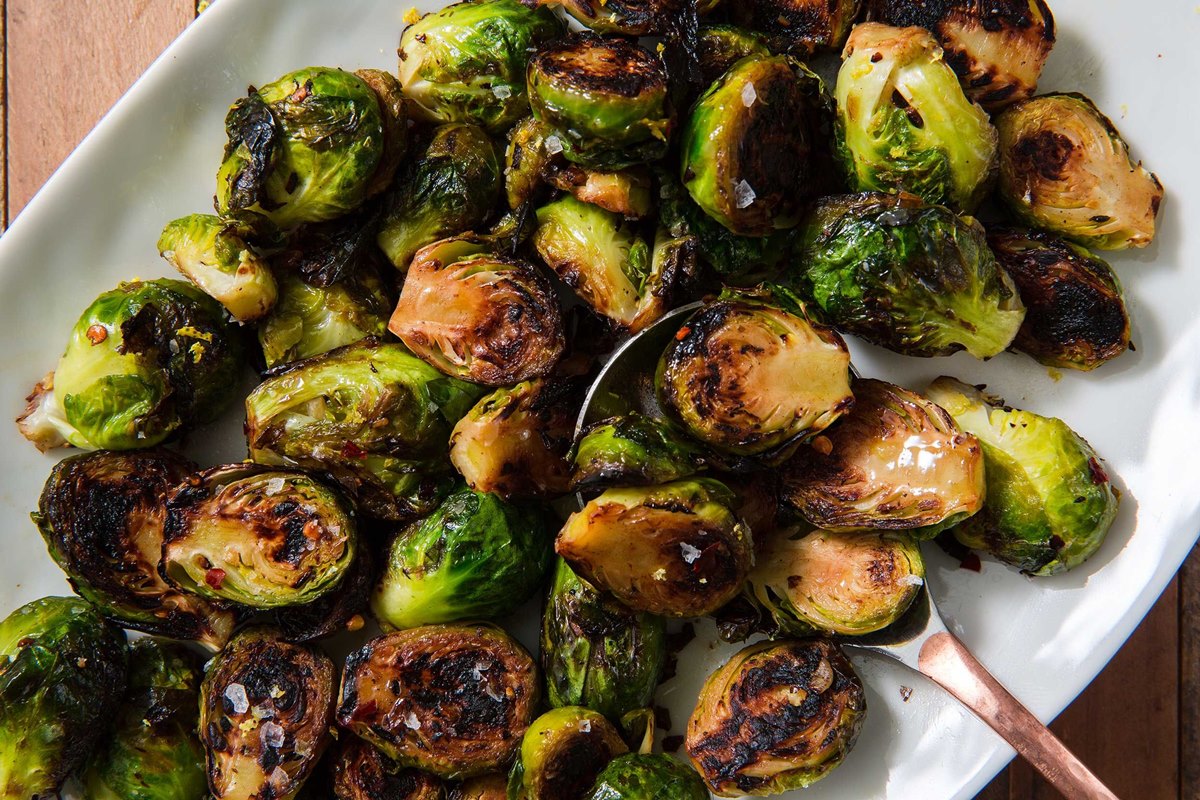How To Steam Vegetables: A Guide to Healthy and Delicious Cooking
Steaming vegetables is not only a quick and easy cooking method, but it also helps to preserve their nutrients and natural flavors. Whether you are a seasoned cook or new to the kitchen, steaming vegetables is a technique that anyone can master. In this article, we will guide you through the step-by-step process of steaming vegetables, providing you with tips and tricks along the way.
Why Steam Vegetables?
Before we dive into the how-to guide, let’s take a moment to understand why steaming vegetables is a great cooking method. Steaming involves cooking vegetables over boiling water, allowing them to gently cook through the steam rather than immersing them in water. This process helps vegetables retain their vibrant colors, crisp textures, and most importantly, their valuable nutrients.
Here are a few reasons why steaming vegetables should be your go-to cooking technique:
- Retains Nutrients: Unlike boiling, which can lead to the loss of water-soluble vitamins, steaming helps to lock in the essential vitamins and minerals present in vegetables.
- Preserves Color and Texture: Steaming maintains the natural color and texture of vegetables, keeping them vibrant and appealing on the plate.
- Enhances Flavor: Steaming allows vegetables to retain their natural flavors without overpowering them with excess seasoning or oil.
- Quick and Convenient: Steaming is a fast cooking method that requires minimal preparation and cleanup, perfect for busy individuals or those in a time crunch.
Step-by-Step Guide to Steaming Vegetables
Now that you understand the benefits of steaming, let’s delve into the step-by-step process of how to steam vegetables:
Step 1: Gather Your Tools
Before you begin, make sure you have the following items:
- A steamer basket or a metal colander that fits comfortably inside a pot.
- A pot with a tight-fitting lid.
- Water.
- Fresh vegetables of your choice.
Step 2: Prepare the Vegetables
Wash your vegetables thoroughly under cold water to remove any dirt or debris. Trim off any tough stems or ends and cut them into uniform-sized pieces. This ensures even cooking.
Step 3: Add Water to the Pot
Fill the pot with about an inch of water, making sure it’s not touching the bottom of the steamer basket or colander. Bring the water to a boil over medium-high heat.
Step 4: Steam the Vegetables
Place the prepared vegetables in the steamer basket or colander, arranging them in a single layer for even cooking. Carefully place the basket or colander into the pot, ensuring it fits snugly. Cover the pot with the lid.
Steam the vegetables for the recommended cooking time, which varies depending on the type and size of the vegetables:
- Cruciferous vegetables (broccoli, cauliflower, Brussels sprouts): 5-7 minutes.
- Root vegetables (carrots, potatoes, sweet potatoes): 10-15 minutes.
- Leafy greens (spinach, kale, Swiss chard): 3-5 minutes.
- Tender vegetables (asparagus, green beans, zucchini): 4-6 minutes.
Remember to periodically check the vegetables for doneness by poking them with a fork. They should be tender yet still firm, avoiding overcooking.
Step 5: Serve and Enjoy
Once the vegetables are steamed to perfection, remove the pot from the heat. Carefully lift the steamer basket or colander out of the pot using oven mitts or tongs to avoid burning yourself. Transfer the vegetables to a serving dish, and season with your favorite herbs, spices, or a drizzle of olive oil for added flavor.
Steamed vegetables can be enjoyed as a side dish, added to salads, stir-fries, or used as a nutritious topping for grain bowls. Get creative and experiment with different combinations!
Conclusion
Steaming vegetables is a simple and healthy cooking technique that can elevate any meal. By following this step-by-step guide, you can easily incorporate steamed vegetables into your culinary repertoire. Not only will you be able to savor the natural flavors and textures of vegetables, but you will also reap the nutritional benefits they offer. So, next time you’re in the kitchen, give steaming a try and delight in the goodness of perfectly steamed vegetables!
Was this page helpful?
Read Next: How To Prepare Crab
